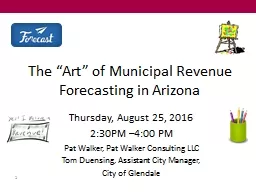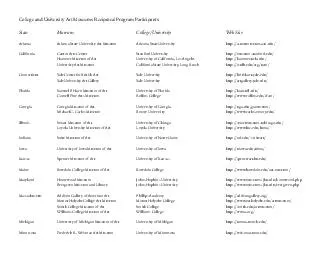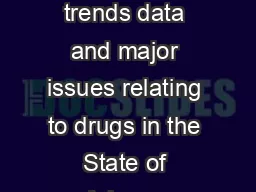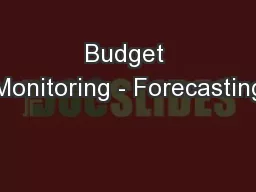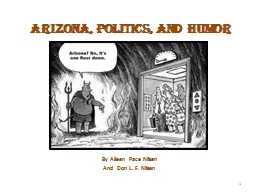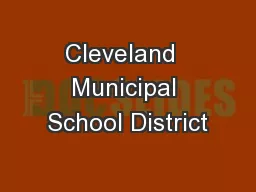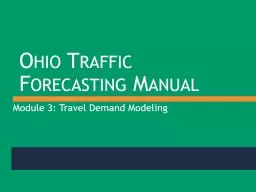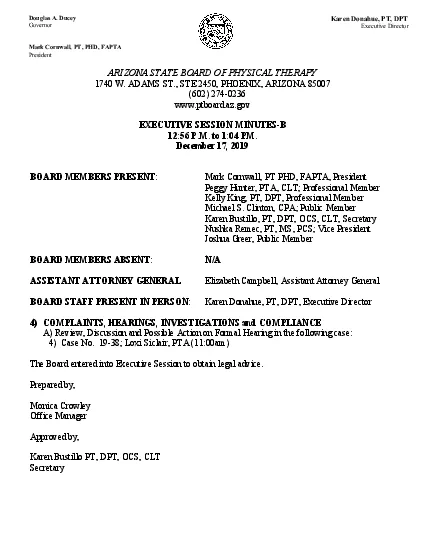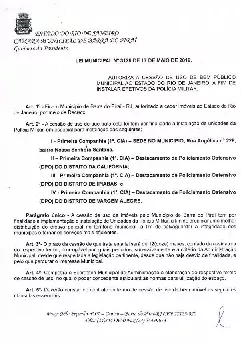PPT-The “Art” of Municipal Revenue Forecasting in Arizona
Author : aaron | Published Date : 2017-07-30
Thursday August 25 2016 230PM 400 PM Pat Walker Pat Walker Consulting LLC Tom Duensing Assistant City Manager City of Glendale 1 Presentation Objectives IntroductionOverview
Presentation Embed Code
Download Presentation
Download Presentation The PPT/PDF document "The “Art” of Municipal Revenue Forec..." is the property of its rightful owner. Permission is granted to download and print the materials on this website for personal, non-commercial use only, and to display it on your personal computer provided you do not modify the materials and that you retain all copyright notices contained in the materials. By downloading content from our website, you accept the terms of this agreement.
The “Art” of Municipal Revenue Forecasting in Arizona: Transcript
Thursday August 25 2016 230PM 400 PM Pat Walker Pat Walker Consulting LLC Tom Duensing Assistant City Manager City of Glendale 1 Presentation Objectives IntroductionOverview Overview of Budget Process. asuedu California Cantor Arts Center Hammer Museum of Art University Art Museum Stanford University University of California Los Angeles California State University Long Beach httpmuseumstanfordedu httphammeruclaedu httpcsulbeduorguam Connecticut Yal asuedu California Cantor Arts Center Hammer Museum of Art University Art Museum Stanford University University of California Los Angeles California State University Long Beach httpmuseumstanfordedu httphammeruclaedu httpcsulbeduorguam Connecticut Yal Source National Survey on Drug Use and Health NSDUH 200 20 10 In 2009 t he rate of drug induced deaths in Arizona wa s higher than the national average Approximately 9 53 percent of Arizona residents reported past month use of illicit drugs the nat Ann Sambrook. Education Financial Services EFS. . . A – Z has ALL documents from . Since 1981. Jeff Hatch-Miller. Executive Director. January 2011. 3. “To support Arizona programs for the public benefit by maximizing revenue in a responsible manner.” . The Arizona Lottery Mission. By Alleen Pace Nilsen. And Don L. F. Nilsen. 1. 2. We won’t define . Arizona. because you can just look around you (NOTE: This PowerPoint is prepared for an . Arizona audience).. But . politics . Marketing service management. Lecture 1 = market demand and forecasting.. Marketing service management. What are we going to look at today. Aim. To review the role of market demand and forecasting.. Market demand and forecasting. and humanitarian response. . L. essons . from Nepal. THE SCIENCE OF . AFTERSHOCK FORECASTING. Earthquakes can’t be predicted. However, aftershocks follow robust seismological . ‘laws’. Probability . Community Meeting. ANNUAL BUDGET. Fiscal YEAR 2014. 1. Agenda. Fast Facts. General Fund Highlights. Annual Budget. General Fund Revenues. General Fund . Expenditures. General Fund Budget Summary. Path Ahead. . . Why and When?. BA543 Presentation. Ken True. What’s a Municipal Bond?. Issued by . a state, municipality or county to finance . . capital expenditures. . Exempt from . federal taxes and from most state and local . La gamme de thé MORPHEE vise toute générations recherchant le sommeil paisible tant désiré et non procuré par tout types de médicaments. Essentiellement composé de feuille de morphine, ce thé vous assurera d’un rétablissement digne d’un voyage sur . Ohio Traffic Forecasting Manual Module 3: Travel Demand Modeling Training Organization Ohio Traffic Forecasting Manual Ohio Traffic Forecasting Training Modules Module 1: Traffic Forecasting Background Karen Donahue PT DPT Executive Director Douglas A Ducey Mark Cornwall PT PHD FAPTA President C1RJ4 9VVX1C1P4L DE B4R3fl DO PIII gabinete do Presiclente Iqualquer construcao ou benfeitoria somente poder ser feita corn a autorizacao expressa do MunicIplo IIincorpora-se ao imvel a construao ou b
Download Document
Here is the link to download the presentation.
"The “Art” of Municipal Revenue Forecasting in Arizona"The content belongs to its owner. You may download and print it for personal use, without modification, and keep all copyright notices. By downloading, you agree to these terms.
Related Documents

